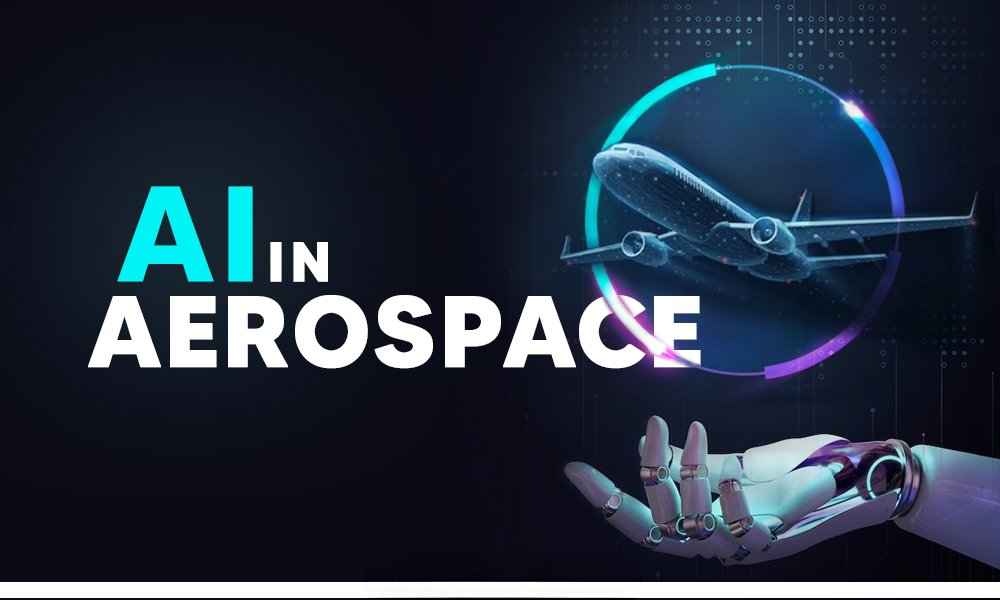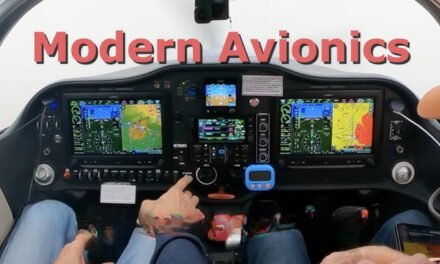Artificial Intelligence (AI) and Machine Learning (ML) have profoundly transformed the Aerospace and Defense (A&D) industry, driving advancements in efficiency, safety, performance, and decision-making. These technologies enable predictive capabilities, optimize processes, and enhance operational readiness across civil, military, and space applications. Here’s how AI and ML are reshaping the industry:
1. Predictive Maintenance and Operational Efficiency
- Real-Time Monitoring:
- AI-powered systems analyze data from aircraft sensors to monitor engine performance, component health, and system functionality in real time.
- Predictive Maintenance:
- ML algorithms predict failures before they occur, reducing unplanned downtime and maintenance costs.
- Examples:
- Rolls-Royce uses AI to monitor engine health and schedule maintenance efficiently.
- Boeing’s “Airplane Health Management” platform utilizes AI for predictive analytics.
- Fleet Optimization:
- AI tools help airlines manage fleet schedules, reducing delays and improving operational efficiency.
2. Autonomous and Unmanned Systems
- Unmanned Aerial Vehicles (UAVs):
- AI enables drones to navigate autonomously, perform reconnaissance, and execute precision strikes with minimal human intervention.
- Autonomous Aircraft:
- AI is driving the development of autonomous commercial and military aircraft capable of piloting themselves during routine operations.
- Example: Boeing’s autonomous passenger air vehicle (PAV) prototype.
- Swarm Intelligence:
- AI enables coordination among multiple UAVs, creating “swarms” for surveillance or attack missions.
- Example: DARPA’s “OFFSET” program focuses on AI-driven drone swarms.
3. Advanced Data Analytics
- Big Data Integration:
- AI and ML analyze vast amounts of data from aircraft operations, satellites, and defense systems to identify trends, anomalies, and insights.
- Decision Support:
- AI assists commanders in making informed decisions by analyzing real-time battlefield data and simulating potential outcomes.
- Operational Insights:
- Tools like ML-powered dashboards provide actionable insights for optimizing air traffic, defense logistics, and mission planning.
4. Enhanced Design and Manufacturing
- Generative Design:
- AI-powered design tools create optimized aircraft and component designs, reducing weight and improving performance.
- Example: Airbus uses generative design to develop lightweight cabin partitions.
- Additive Manufacturing (3D Printing):
- AI optimizes 3D printing processes by simulating material behavior and ensuring quality during production.
- Supply Chain Optimization:
- AI streamlines supply chain management by predicting demand, optimizing inventory, and identifying risks.
5. Enhanced Cybersecurity
- Threat Detection:
- AI identifies and mitigates cyber threats to critical A&D systems, including aircraft avionics, military communications, and satellite networks.
- Anomaly Detection:
- ML algorithms monitor network traffic and detect suspicious activities in real time.
- Resilience and Recovery:
- AI aids in developing strategies to counteract cyberattacks and recover from disruptions quickly.
6. Flight Optimization and Air Traffic Management
- Route Optimization:
- AI optimizes flight routes to reduce fuel consumption, emissions, and travel time.
- Example: NASA’s “Traffic Aware Planner” system integrates AI for in-flight route optimization.
- Next-Generation Air Traffic Management (ATM):
- AI-driven systems improve the efficiency and safety of airspace management by predicting congestion and automating flight scheduling.
7. Military Applications
- Target Recognition:
- AI-powered systems analyze sensor and radar data to identify and track potential threats with high precision.
- Electronic Warfare:
- AI enhances capabilities in jamming enemy communications and countering electronic attacks.
- Simulations and Training:
- AI-driven simulators create realistic training environments for soldiers, pilots, and commanders.
- Battlefield AI:
- Autonomous systems and decision-making algorithms optimize resource deployment and mission execution in real-time scenarios.
8. Space Exploration and Operations
- Autonomous Spacecraft Navigation:
- AI enables spacecraft to make real-time decisions during space missions, reducing reliance on ground control.
- Example: NASA’s Mars rovers use AI for autonomous navigation and data collection.
- Satellite Operations:
- AI manages satellite constellations, optimizing communication, positioning, and energy consumption.
- Space Debris Tracking:
- AI-powered systems monitor and predict the movement of orbital debris to avoid collisions.
9. AI in Customer and Passenger Experience
- Personalized Services:
- AI enhances passenger experiences by providing personalized recommendations, efficient boarding processes, and real-time travel updates.
- Chatbots and Virtual Assistants:
- Airlines use AI-driven chatbots for customer support, ticket bookings, and flight information.
10. Cost Reduction and Revenue Optimization
- Dynamic Pricing:
- AI analyzes demand patterns and optimizes ticket pricing for airlines, maximizing revenue.
- Operational Cost Savings:
- Predictive analytics and automation reduce fuel costs, maintenance expenses, and labor inefficiencies.
Challenges and Considerations
- Ethical Concerns:
- Use of AI in autonomous weapons and decision-making raises ethical questions about accountability and civilian safety.
- Data Privacy:
- Handling sensitive data, including military intelligence and passenger information, requires robust safeguards.
- Integration Costs:
- Adopting AI and ML technologies involves high initial investment and infrastructure upgrades.
- Regulatory and Safety Issues:
- Ensuring that AI-driven systems meet stringent safety and regulatory standards can be time-consuming and complex.
Future Outlook
AI and ML are set to play an even greater role in the A&D industry, with key developments expected in areas like:
- AI-Powered Cockpits: Autonomous co-pilots capable of managing routine operations and assisting human pilots.
- Quantum AI: Harnessing quantum computing for faster data analysis and advanced simulations.
- Sustainability: AI-driven solutions to optimize fuel efficiency, reduce emissions, and enhance sustainable practices.
Conclusion
Artificial Intelligence and Machine Learning have revolutionized the Aerospace and Defense industry by enabling smarter, faster, and more efficient operations across the value chain. These technologies are not only enhancing existing systems but also paving the way for groundbreaking innovations that will shape the future of aviation, defense, and space exploration.
Hashtags
#AIInAerospace #MLInDefense #ArtificialIntelligence #MachineLearning #AerospaceAI #DefenseAI #TechInAerospace #AutonomousAerospace #DroneAI #AIInDrones #PredictiveAnalytics #AISafety #AICybersecurity #AerospaceSimulations #SmartManufacturing #AIInSpace













